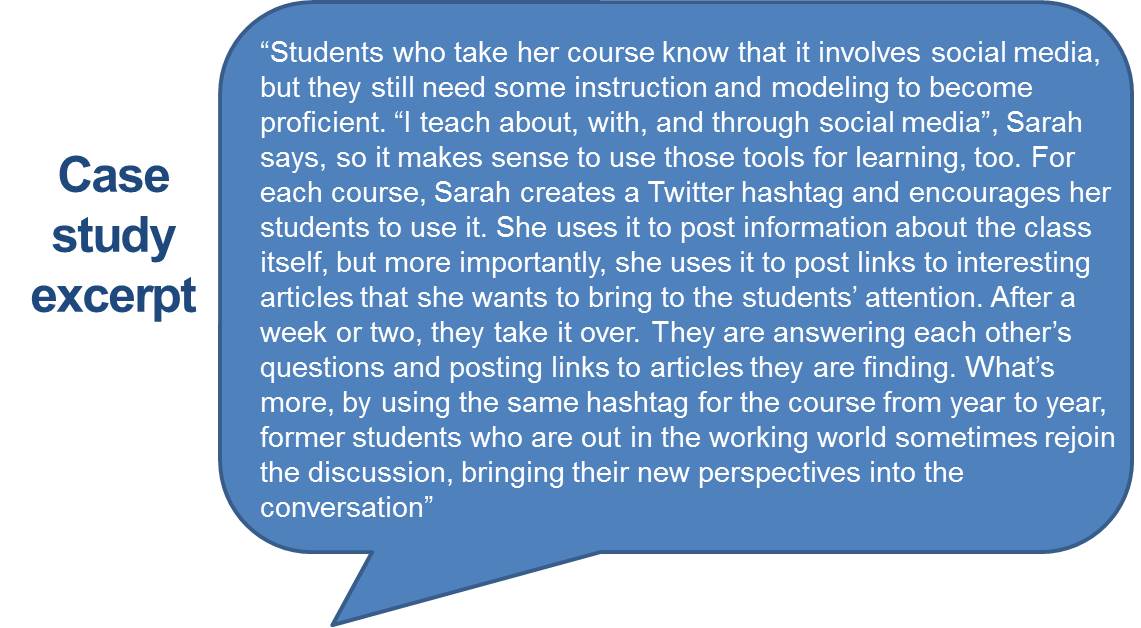Criterion 2
Exemplars
Criterion 2 | Teaching and supporting student learning
Exemplar 1 – Dr. Alan Stirling, Faculty of Health Sciences and Medicine, Bond University
Alan Stirling was awarded an Australian Learning and Teaching Council Citation for designing learning opportunities that engage and motivate students in clinically applied anatomy. In his award application he reflects on how he uses a student centred approach and engages students by using varied teaching activities that encourage active learning.
He also summarises teacher evaluation ratings and uses comments from his peers and students to support his claims.
Wood, K., Knight, D., & Kinash, S. (Eds.) (2011). Scholarship of teaching and learning @Bond: Fostering early career research. Queensland, Australia: Office of Quality Teaching and Learning, Bond University, pp. 32-37
Exemplar 2 – Peer review letter from Giuseppe Carabetta for Mark Fisher, The University of Sydney
In his peer review Giuseppe comments on how Mark explain concepts in a way that students can understand and helps students that encounter difficulties.
The University of Sydney. (2013). Recipients of Excellence Awards.
Exemplar 3 – Going Social: It’s a state of mind
This case study shows how Sarah Smith-Robbins engages and empowers her students by giving them control over what they do to demonstrate learning outcomes and how they learn. Her innovative approach is student centred and strongly based on pedagogical principles, incorporating technology, collaborative and active learning. The case study itself includes text descriptions of Sarah’s approach and videos of Sarah reflecting on her approach and teaching philosophy.
Center for Innovative Teaching and Learning, Indiana University Bloomington. (2013). Going Social: It’s a state of mind. Faculty spotlights.




